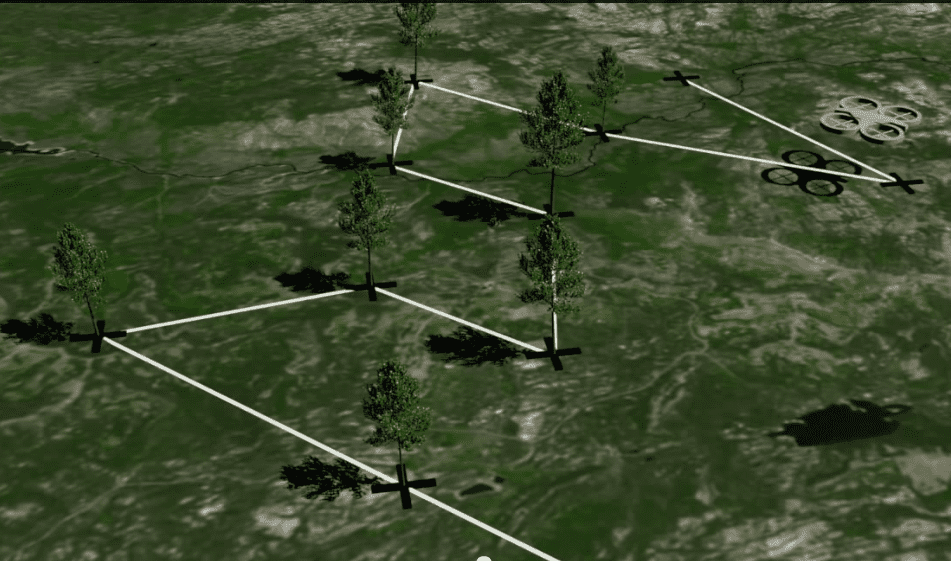Each year, we cut down 26 billion trees, for lumber, agriculture, mining and development projects. Every year, we plant about 15 billion trees, so that still leaves us with a huge deficit – something which is not sustainable and has to be addressed as soon as possible to avoid further problems down the road. Now, a former NASA engineer has found that drones could play a key part, and he plans to plant up to 1 billion trees a year using them.
Drones often get a bad rep, and for good reasons; the military has been using them for years, sowing fear and panic in many areas of the world. Now, scientists and engineers want to explore other, beneficial uses for drones – sowing a better future.
The problem is that hand planting takes a lot of time, effort, and money. You need lots of people doing lots of stuff, basically – and it’s not every effective. Enter the stage Oxford-based BioCarbon Engineering; they want to redesign the way trees are planted on an industrial scale, and while 1 billion trees a year won’t eliminate damage of deforestation, it’s a hell of a start!
The thing is, drones won’t just fly at a low height and drop seeds – that’s just not going to cut it. The drones are equipped with pressurized air canisters that force the seeds into the soil, so you need a special type of drone, able to carry all this equipment, weighing 8 kg (17.5 pounds). Each pod is encapsulated in a “nutrient-rich hydrogel” that presumably feeds the seed until it takes root. Later, the drones can be used to monitor the progress of the fresh growth.
BioCarbon founder Lauren Fletcher, a former NASA engineer, says that their system can not only plant ten seeds per minute, but is also cheaper than existing alternatives.
“First, by planting germinated seeds using precision agricultural techniques, we increase uptake rates. Second, our scalable automated technology significantly reduces the manpower requirements and costs.”
Trials will take place by the end of the year, and hopefully, the technology will be successful in the near future.
“The only option we’ve had previously has been hand planting, which is slow and really expensive, and just can’t keep up with industrial-scale deforestation,” says Fletcher. “We’re hoping that our technology is going to provide opportunities to really scale up the reforestation and replanting rates.”










